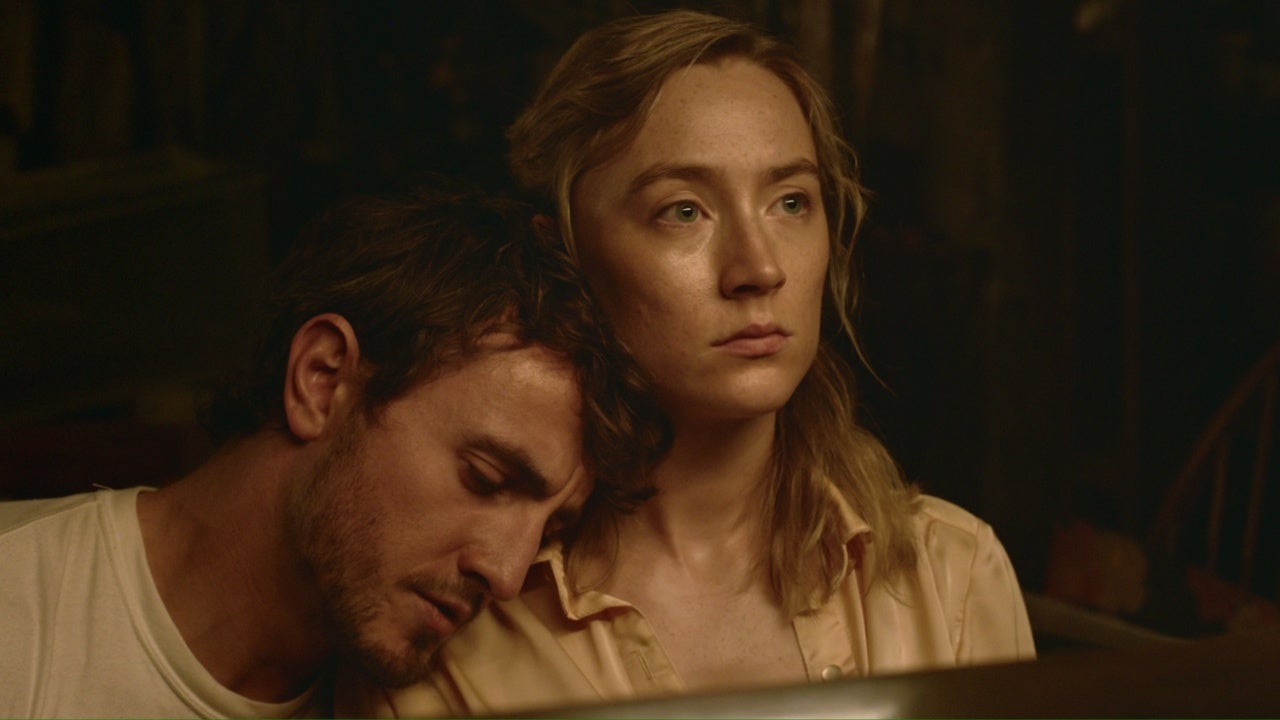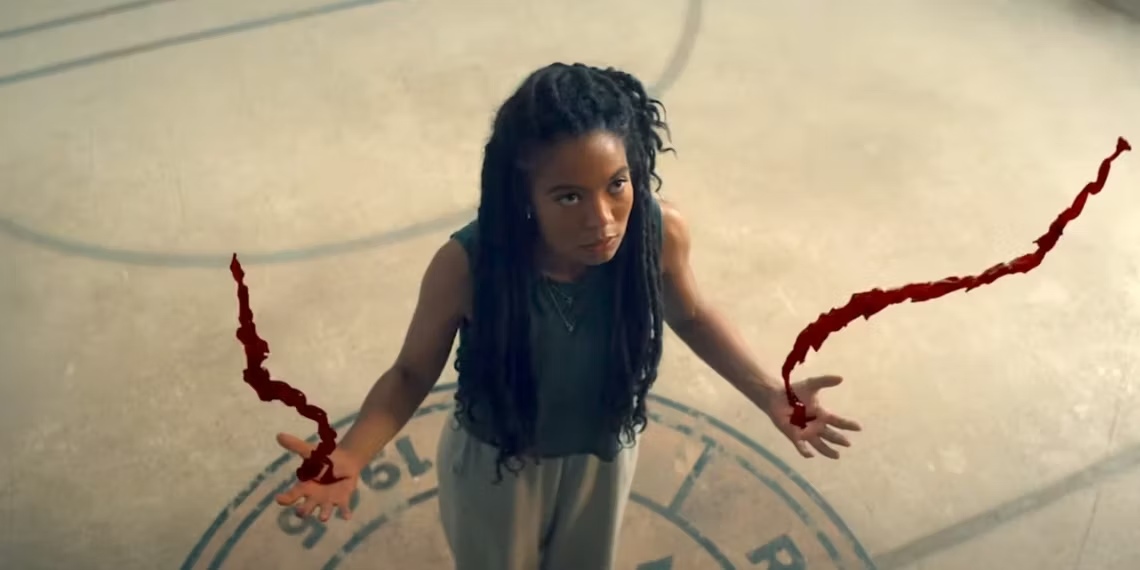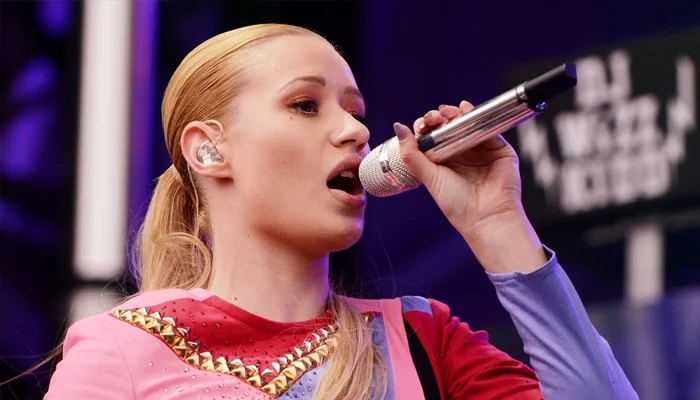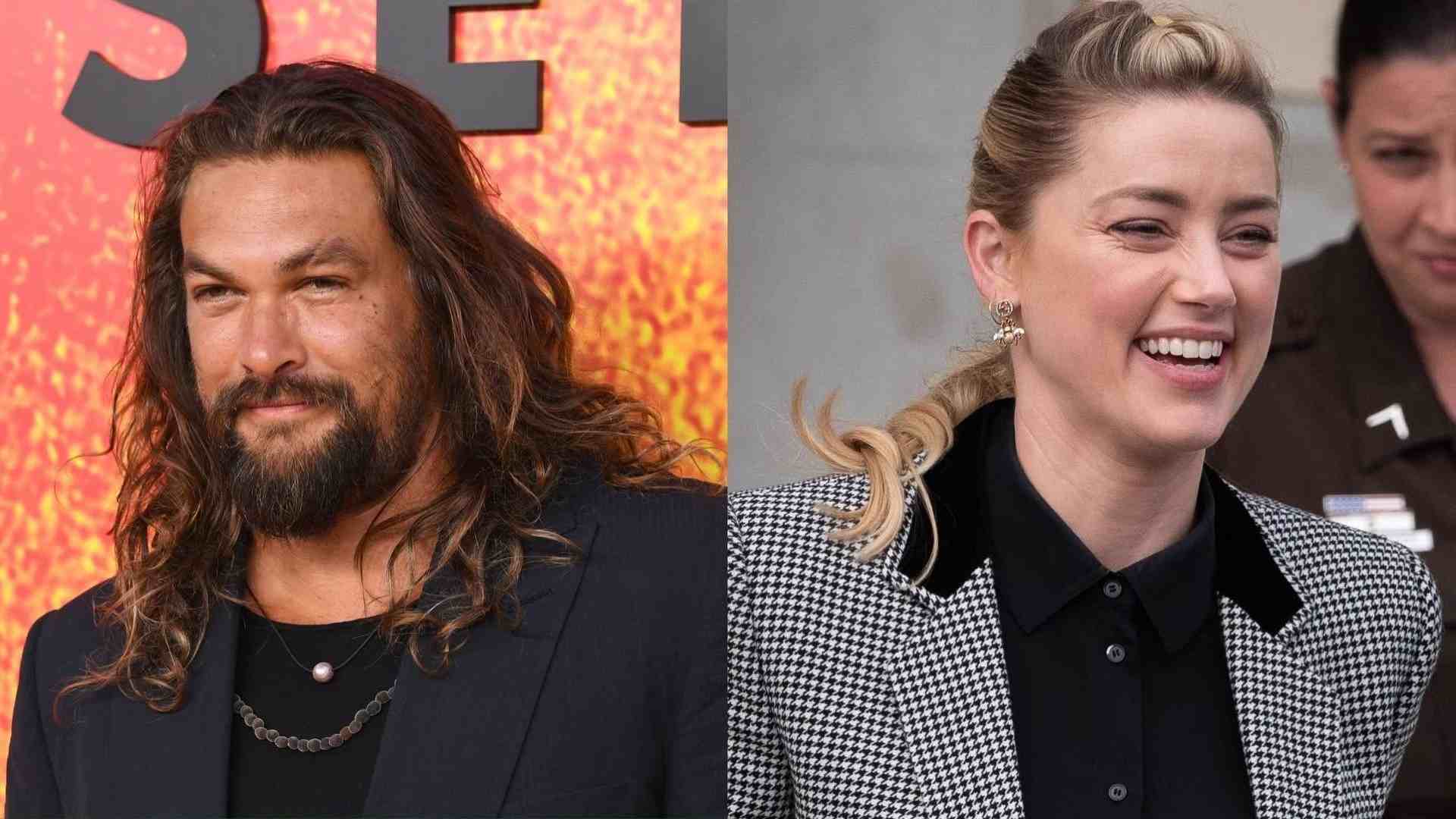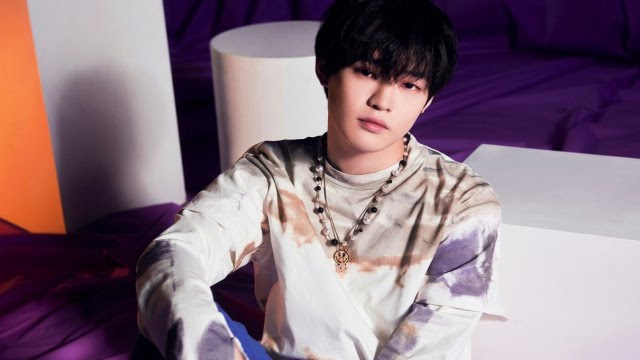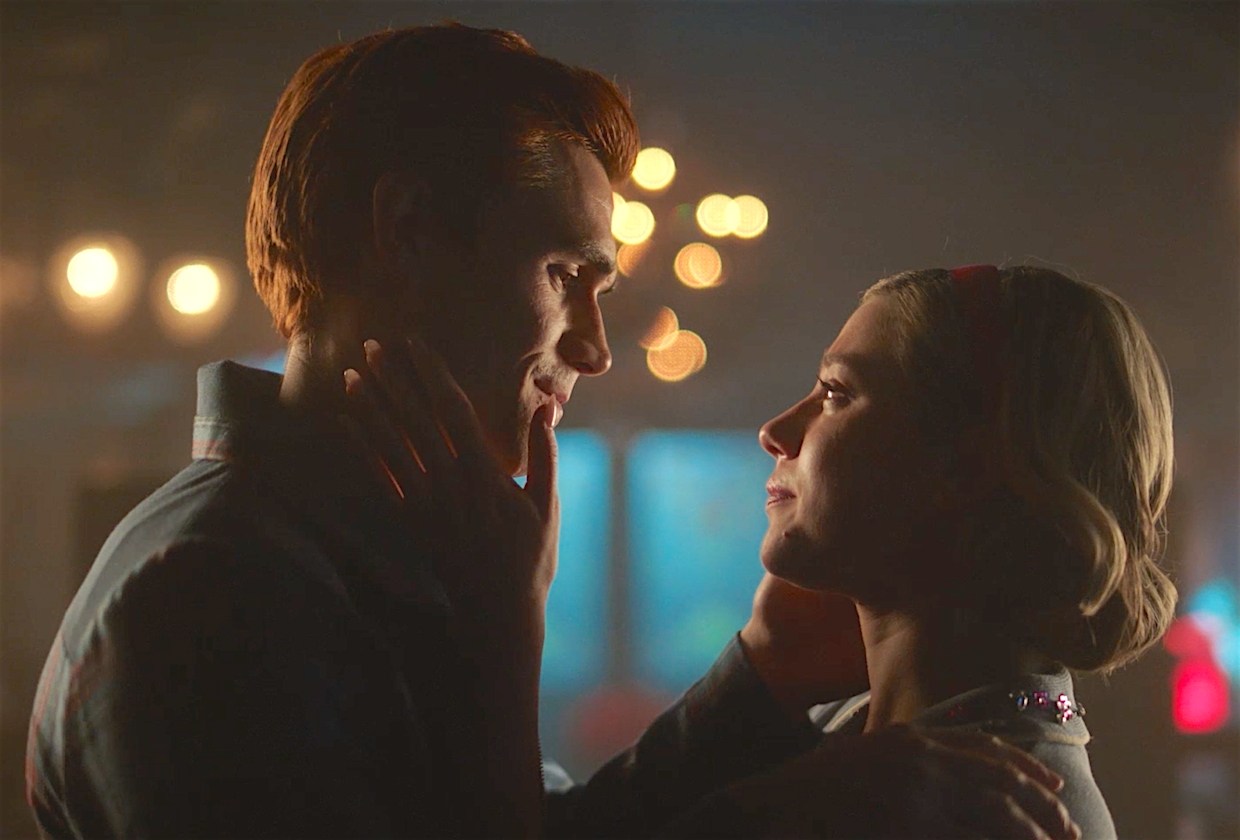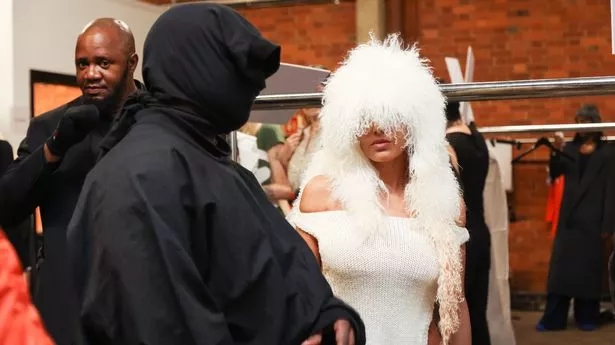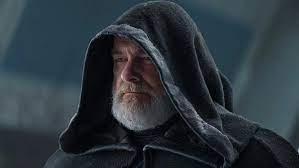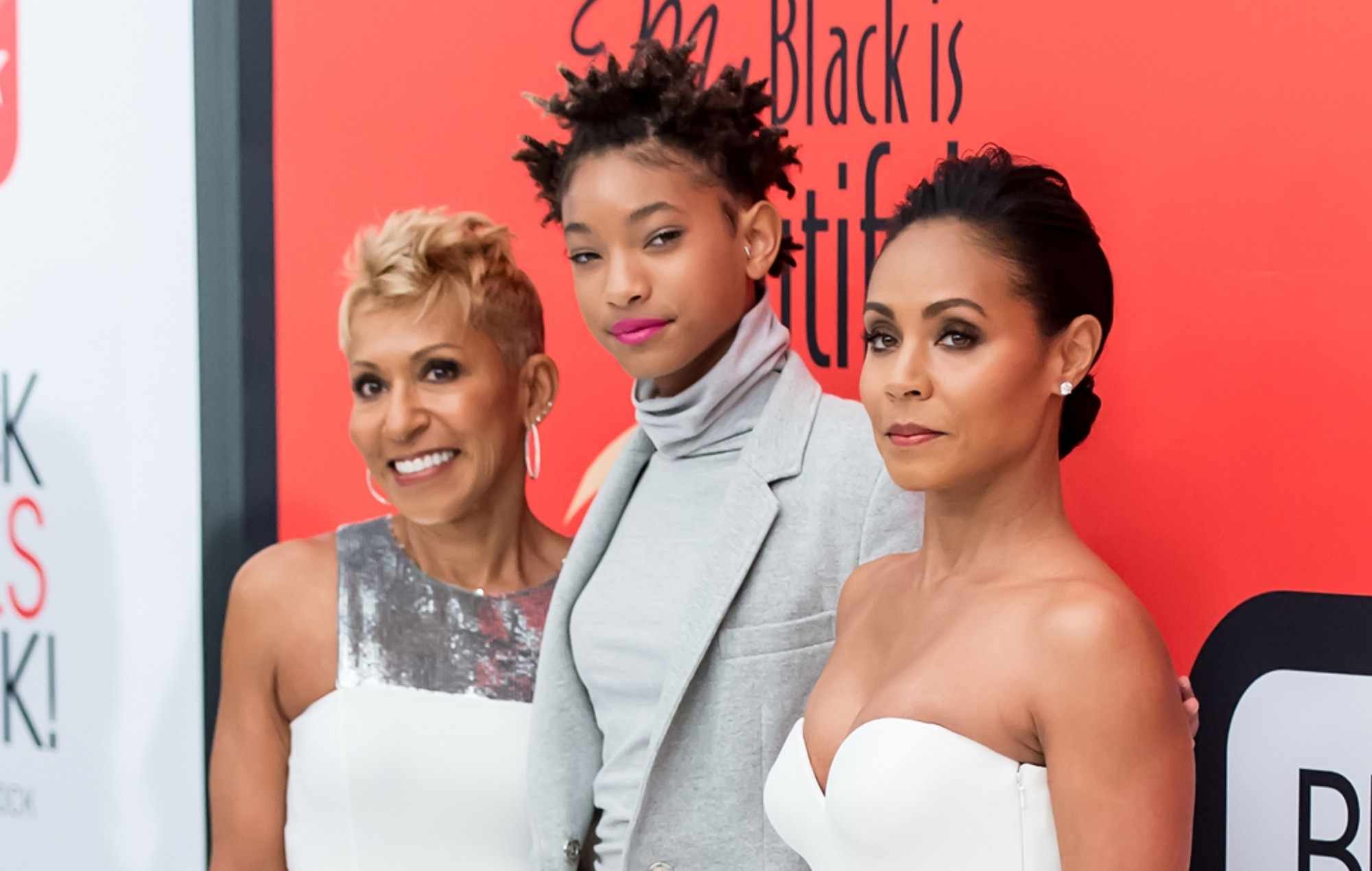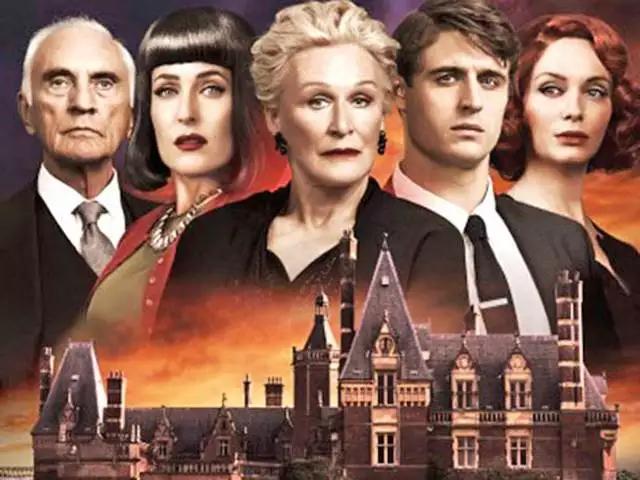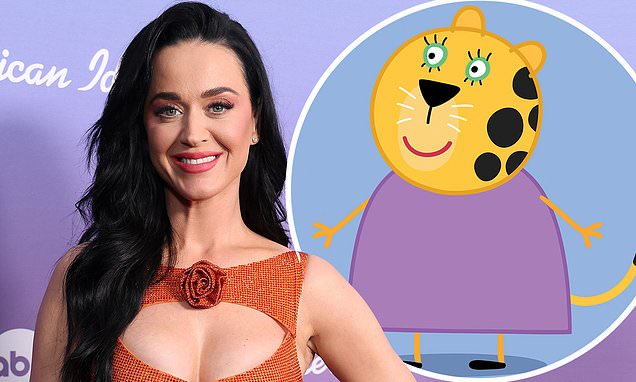‘Foe’ Movie Review, Rating, Earnings, Analysis And Impression
“Foe,” directed by Garth Davis and starring Saoirse Ronan, Paul Mescal, and Aaron Pierre, is a futuristic film set in 2065. It explores the intersection of human emotions and artificial intelligence in a world plagued by scarcity. The film, based on Iain Reid’s 2018 novel, impressively balances its human elements with sci-fi intrigue.
In most futuristic films, dazzling visuals often overshadow the human dimension. However, “Foe” distinguishes itself by anchoring the narrative in the compelling performances of Ronan and Mescal. They play a rural couple, Hen and Junior, whose intense bond contrasts with their fraying marriage. This emotional anchor persists even as the film transitions into psychological horror and a purely sci-fi ending.
Set in a world where AI resembling humans gain consciousness and serve as a labor force, “Foe” offers a bleak vision of 2065. Water and food scarcity drives the establishment of experimental space stations as alternate planets. Yet, rather than relying on typical sci-fi tropes, the film takes place in a rustic Midwest farmhouse, surrounded by vast, empty landscapes.
Hen’s unhappiness and Junior’s failure to understand her set the stage for the film. Their lives take a dramatic turn when a stranger named Terrance (Aaron Pierre) arrives, bearing news of Junior’s mandatory space mission. Despite its futuristic premise, “Foe” remains firmly rooted in Earth-bound concerns, as Hen and Junior grapple with the repercussions of this revelation.
Director Garth Davis, known for his work on “Lion,” excels in depicting the textured world of “Foe” while keeping the focus on its characters. Davis, alongside Iain Reid, the novel’s author, crafts a seamless narrative that effortlessly shifts between tones.
Ronan portrays Hen’s quiet yet tortured emotions with finesse, maintaining an air of enigma. Mescal, as Junior, embodies confusion and anger at Terrance’s decree, infusing naturalism into his character in an AI-dominated world.
The central conflicts in “Foe” revolve around the characters rather than space exploration. Junior is content in his ancestral home, while Hen’s restlessness remains unspoken. Their relationship’s intricacies become increasingly erratic, culminating in powerful scenes that connect themes of lost love and a world on the brink of catastrophe.
However, “Foe” encounters some challenges, notably with the character of Terrance. Aaron Pierre’s portrayal initially comes across as robotically detached, failing to convincingly convey the intended sinister and inscrutable qualities.
The film’s narrative can be confusing at times, leaving some viewers speculating whether it might make more sense if they had read the book. While the story aligns better with the source material, the jaw-dropping twist at the end, while intriguing, raises questions about the film’s overall logic.
Despite these challenges, “Foe” effectively maintains an atmosphere of impending threat, both from the outside world and within the lives of Hen and Junior. This haunting sense of the apocalypse slowly encroaching adds depth to the narrative.
“Foe” is a thought-provoking journey that navigates the complex terrain of human emotions and artificial intelligence within a dystopian future. While it faces certain narrative and character challenges, its ability to ground the story in genuine human experiences while exploring futuristic concepts makes it a compelling watch. “Foe” will be released in the US on October 6 and in the UK on October 20, inviting audiences to explore its intriguing blend of sci-fi and emotional drama.
